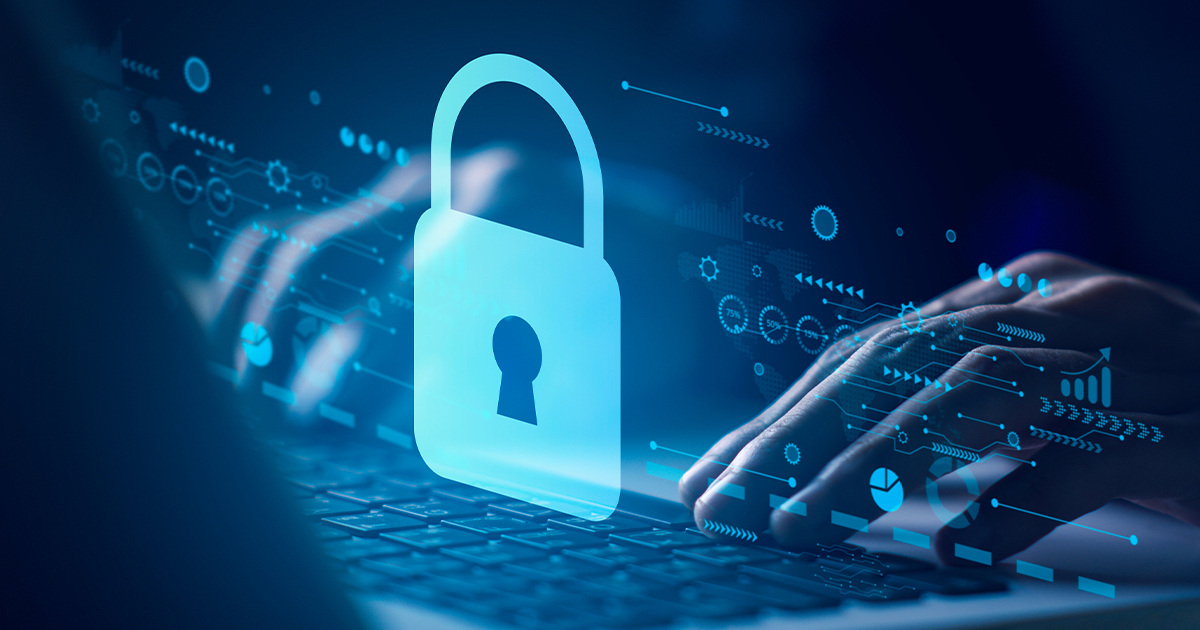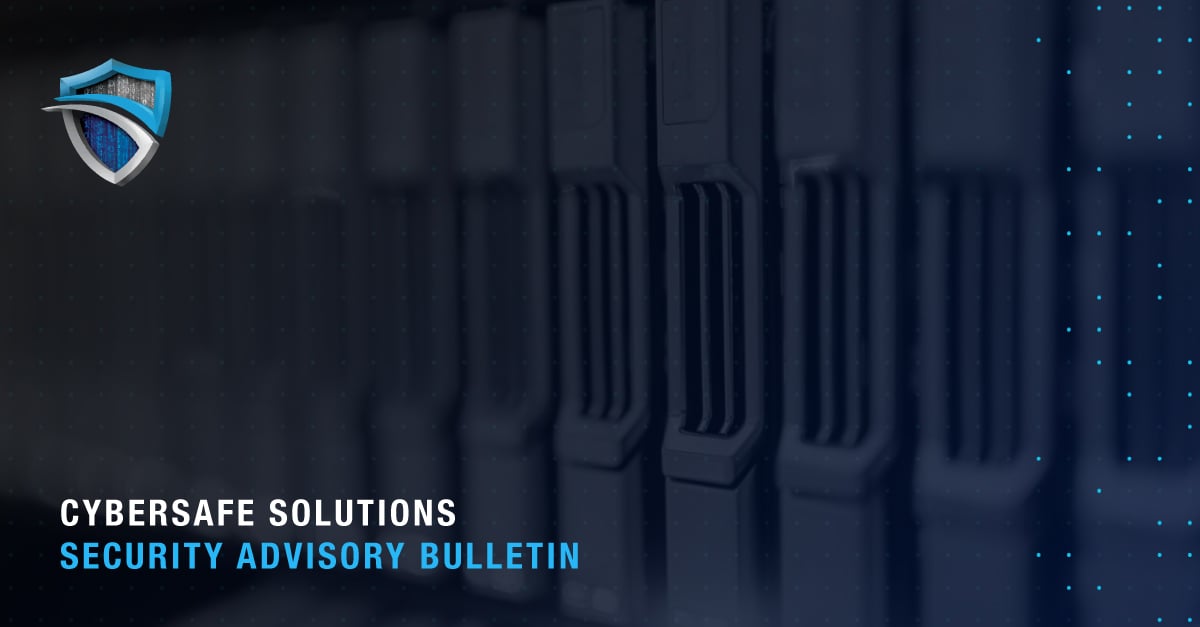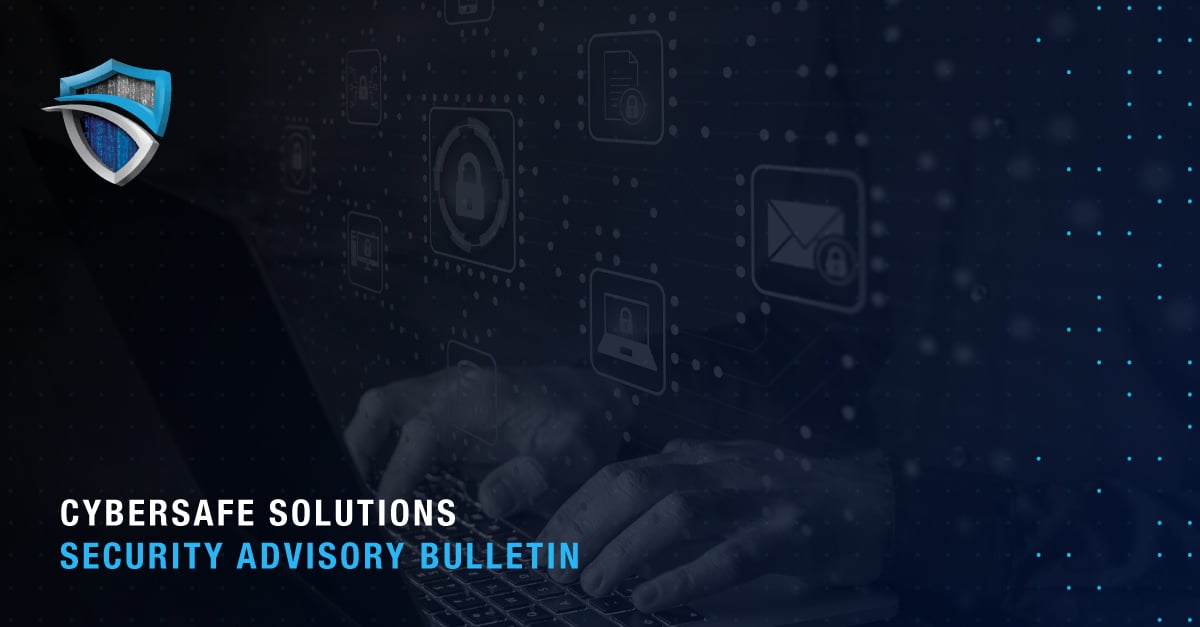Implementing a robust cybersecurity program with risk assessments, preventive measures, and employee training can significantly enhance your cybersecurity posture. But no program can preemptively thwart all attacks, all of the time.
Accordingly, real-time threat detection and response are indispensable to a comprehensive cybersecurity strategy. Timeliness in detecting and responding to threats is essential for effective threat containment and mitigation, as shorter data breach lifecycles are associated with lower breach costs.
Considering the 2023 average data breach cost hit $4.45 million一a 15% increase over three years一mitigating the financial fallout from a cyber event can mean the difference between an organization's survival and demise.
Consequences of Delayed Threat Response
As organizations broaden their digital connections to partners, suppliers, and customers, the risk of security breaches also increases. Data compromises reported in the United States for 2023 impacted over 353 million individuals across 3,205 events一a 78 percent increase over the previous year.
For organizations, attack ramifications are considerable. They include:
- Reputational loss
- Decline of customer trust
- Operational disruption
- Legal and regulatory issues
- Decreased employee morale and productivity
- Intellectual property and trade secret theft
- Strategic setbacks impacting growth and innovation
Fallout like this translates to lost business revenue一but that’s only part of the picture. There are additional costs organizations must absorb, such as incident detection and investigation, post-breach response, and data subject notification.
In short, cyber attacks have become financially punishing, and the time required for resolution significantly impacts costs.
Breaches with identification and containment times of over 200 days cost $4.95 million on average, 23% higher than events contained under 200 days. As a point of comparison, the mean time to identify and contain a data breach was 277 days over the same survey period.
Real-time incident detection and response enables organizations to spot and address suspicious activities and attacks in progress, particularly during the early stages of an attack before the attacker has secured a foothold, launched their exploit, or deployed malware. This helps shorten the duration of threats remaining in their networks and lessen legal, operational, and financial impacts.
Compliance Mandates & Incident Response
In addition to reducing major business impacts, real-time threat detection and response also aid in compliance with regulatory standards.
Compliance regulations often require organizations to have formal incident response plans that outline how to detect, respond to, and recover from security incidents. Specific requirements can vary depending on the regulatory framework but generally include some combination of detection, assessment, containment, eradication, post-event analysis, and reporting.
Commonly known regulations that require incident response plans include the Health Insurance Portability and Accountability Act (HIPAA), the New York Department of Financial Services’s 23 NYCRR 500, and the Payment Card Industry Data Security Standard (PCI DSS).
Key Components of an Effective Detection & Response Strategy
A well-prepared incident management program encompasses detection, comprehensive response, and recovery processes. Ideally, this would incorporate forensic analysis to scrutinize the nature and impact of the attack, paired with thorough assessments of applications and enterprise networks. Such analyses help in identifying vulnerabilities and fortifying defenses against future incidents.
Advanced tools and automated technologies enable organizations to identify and neutralize threats quickly. A robust team of experts skilled in incident response, forensics, and information security is also essential.
Together, these components form a resilient framework that helps minimize operational disruptions and reputational and legal repercussions of cyber incidents.
How It Works in Practice
As a leading Managed Security Services Provider (MSSP), we at Cybersafe Solutions incorporate these components into a comprehensive incident management process that focuses on eradicating threat actors and restoring business operations as soon as possible.
Our process also integrates aspects from prevailing security frameworks, such as NIST SP 800-61 and FIPS 200 to guarantee all incident response activities are fully compliant.
Process steps include the following:
Focus on Preparation & Prevention
All parts of an IT system, such as endpoint devices, network connections, and applications, must be known and secure. Our experts leverage their knowledge to create unique, detailed plans and rules to respond to and resolve attacks throughout the incident lifecycle. These protocols give incident handlers a clear guide for every stage of an event, from identification through recovery.
Identification
Correctly identifying compromised systems is a crucial phase in the incident response lifecycle, which is grounded in robust endpoint and network monitoring. As such, we employ cutting-edge, proprietary malware detection tools and threat intelligence feeds to strengthen this critical, initial response.
Containment
Successfully mitigating the scope of harm requires quick and effective containment. This starts with preliminary network and endpoint analyses to identify the entry points or lateral opportunities exploited by threat actors and whether malware was deployed in the attack. Once incident handlers isolate impacted areas, detailed assessments follow.
Eradication
Eradication involves completely removing threats from the system, including malware, compromised accounts, or unauthorized users or access, to prevent recurrence and enable the safe recovery of operations. Importantly, implemented solutions are effective and appropriate and fall within the scope of the technological limits, regulatory requirements, and institutional policies of the affected organization.
Recovery
Recovery involves not only resuming business operations but also measures to prevent the recurrence of the incident, such as implementing a permanent, suitable solution to address the identified vulnerability.
Follow Up
It’s essential to follow up to confirm that the incident has been effectively mitigated, the attacker has been expelled, and appropriate countermeasures are in place. Review and documentation of the incident should be part of the process to identify lessons learned.
This analysis should include evaluating what vulnerabilities were exploited and the effectiveness of the response strategies to prevent future occurrences and strengthen security protocols.
Partnering For Effective Threat Response
As organizations continue to face an onslaught of cyber threats, assessing and enhancing cybersecurity measures with a focus on capabilities that support real-time action is paramount. Partnering with Cybersafe Solutions can help.
Skilled in remote forensics, our experts can navigate thousands of systems to ensure rapid and effective threat neutralization. Our proprietary advanced malware detection and incident response platform is central to this approach, delivering speed when needed most.
With a proven track record across the defense, public, and financial sectors, we're a leader in the field, consistently delivering advanced solutions that safeguard vital information and maintain operational continuity.
The time to act is now—strengthen your cybersecurity posture with real-time detection and response to help protect your most critical assets.
Cybersafe is a leading MSSP providing unmatched continuous monitoring, risk assessment, incident response, and more. For more about bolstering your cybersecurity posture with our services, schedule a consultation or contact us today.




